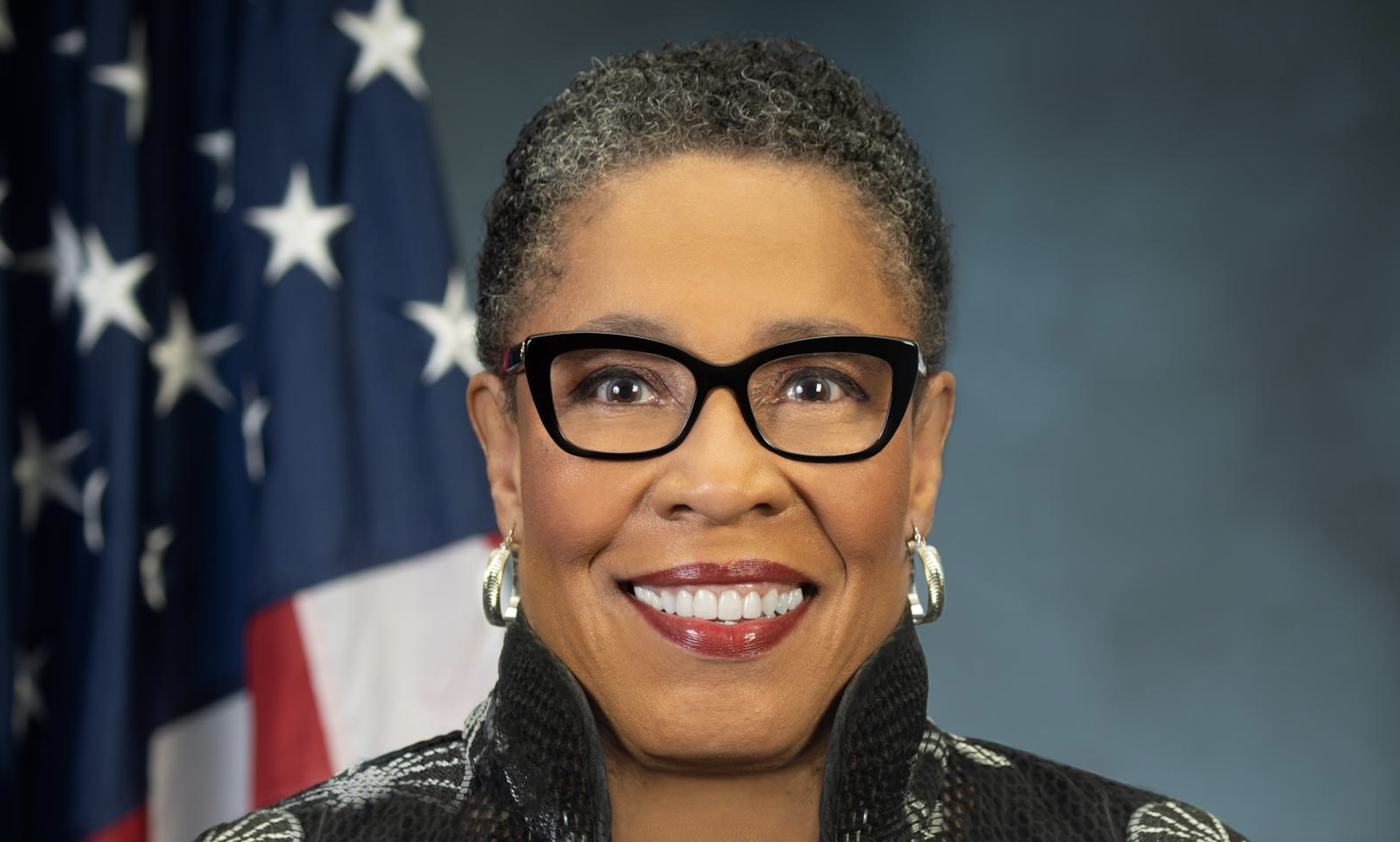At some point, luxury home builders should invest outside their companies. Most entrepreneurs invest solely in their own businesses at the outset, and any profits generated are reinvested for business expansion (or business survival). Also, as entrepreneurs know their own businesses best, they are reluctant to diversify beyond that comfort zone. Hence, a luxury home builder’s investments might be in industries related to home building. Unfortunately, those who fail to diversify their earnings might suffer negative consequences.
Good News, Bad News: The good news is we’re living longer; the bad news is we’re living longer. To enjoy the longer retirement many of us can expect, we need to set aside more money than previously deemed necessary.
Deciding when your business has capital in excess of that needed for future operations and growth is difficult. But there comes a time when all builders must realize that additional investments in their companies are counterproductive. Is there a market to sell your company when you retire or tire of the business? Will you receive sufficient compensation for your company to cover all of your investments and a reasonable rate of return on them? What happens if there is a downturn in the economy or your company, and your failure to diversify left all your eggs in the wrong basket?
It is important to develop a plan regarding personal finances. This plan, whether prepared by a professional or by you, should detail how much money will be required for a successful retirement (or to fund a second home or college education), and how that goal will be achieved.
One tip when planning for retirement: There’s a common misconception that you will spend less in retirement than you spent in pre-retirement. Maybe so, but plan to spend at least as much in retirement as you spend now. Healthy retirees tend to travel more, and traveling is expensive. They frequently dine out, and dining out is expensive. Planning for more won’t leave you short; planning to spend less after your income-earning days is usually an irreversible error.
Getting Help: Those investing outside their own businesses should probably seek competent assistance. Whether it be stocks, bonds, real estate investments trusts (REITs), gold, silver, commodities, et al., accomplished builders should realize their limitations outside the construction industry. Before investing in anything, your first step in the diversification process is finding a competent professional (financial planner, investment adviser, etc.) who can guide you through the investment minefield.
The search for an investment professional should be thorough and result in a relationship with an individual with whom you might work for the next 10 or 20 years or more. His or her interests should be your interests — growing your portfolio, as opposed to selling you investment products to generate commissions.
The person you retain should begin by educating you in much the same way you educate your clients. Your investment professional should review the types of investments, their historical returns and their volatility; get a good sense as to how well you’ll handle investments that might have large swings in value; and understand the type of business you are in so your investment portfolio will not mirror your construction company.
The Meaning of Diversification: It’s natural that people in the construction industry might invest in the business they know best: construction. But investing in a lumberyard or buying the stock of a national home building company would probably result in great returns when your business is doing well and poor returns when your business is doing poorly. Diversification means having investments that do not all move in tandem. Thus, when a portion of your portfolio goes down, another segment might go up. Hence, the necessity for your investment professional to understand the type of business you own.
A study by the Schwab Center for Investment Research demonstrates the link between certain investments and shows why a diversified portfolio is so critical. Schwab studied 12 industries for correlation in stock movements. With 1.00 as a perfect correlation (every $1 increase in one industry was matched by a $1 increase in another industry) and 0.00 meaning no relationship between two industries, the study results are interesting and potentially helpful.
Banking (.58), insurance (.54) and household products (.46) had substantial correlations to the home building industry. While you still might buy stocks in these industries, understand that those companies will be somewhat linked to your business. That understanding should lead to the purchase of companies with lower correlations (for example, health care, .29) that might tend to move in the opposite direction of the construction industry.
Getting Started: When cash flow allows you to convert business assets into investment assets, the time has come to construct an investment portfolio. The possibilities are virtually unlimited, as are the opportunities to fail.
Anyone starting an investment portfolio with a relatively small amount of capital should consider owning a mutual fund. A mutual fund pools investment dollars from all of its investors. With pooled assets, you can purchase small pieces of many companies. Your investment dollars are diversified by being spread among a number of stocks.
Mutual funds are sold with commissions (loads) to the selling agent or with no commissions (no-load). Paying a commission does not ensure you’ll buy a better product, and there is no evidence that load funds perform better than their commission-free counterparts. Instead, rather than buying the funds a salesperson has to sell, an investor should focus on mutual funds with proven managers, good track records and sound portfolios.
Numerous mutual funds purchase stocks expressly to achieve the same results as an index. For example, the well-known Standard & Poor’s 500 Index is composed of 500 relatively large companies that trade on major stock exchanges. There are mutual funds with names such as the S&P 500 Index Fund, whose managers buy and own stocks in their mutual fund in the same proportion as those in the S&P 500 Index. These types of funds are passively managed; managers do not do their own research and only react to the index they follow. In actively managed funds, managers conduct their own research, buy stocks they believe will go up and sell stocks they believe will go down.
Before your first investment dollar is spent, it’s important to understand capitalization. In the same way there are builders of different stripes (luxury home builders, production builders, etc.), publicly traded companies are similarly ranked. Capitalization essentially measures the value of a company at any one time: share price multiplied by number of shares outstanding equals capitalization. Companies such as General Electric or IBM, with market capitalizations in the hundreds of billions of dollars, are considered large-cap stocks, with companies such as Pulte Homes ($1.8 billion) considered mid-cap and Ryland Group ($700 million) small-cap.
Stepping Out: When a portfolio begins to grow, investors can expand beyond mutual funds into individual equities and bonds. While rules of thumb are many and varied, an investor probably should have a portfolio of at least $50,000 before purchasing individual securities. Doing so ensures diversification. Ultimately, a balanced stock portfolio can include approximately 20 stocks, with exposure to the foreign sector, small-caps and mid-caps.
Bonds are classified as fixed-income assets. They typically pay higher dividends than stocks and mature at a definite time. They can be purchased both individually and through mutual funds, and represent an obligation by a company (corporate bond) or government agency (municipal bond) to repay funds loaned to them by you, their creditor.
Other fixed-income assets include certificates of deposit, Treasury bills and agencies (bonds offered by quasi-governmental agencies such as those commonly known by names like Fannie Mae and Freddie Mac).
REITs expose a portfolio to the real estate sector (retail or commercial office space, for example) and offer annual income through dividends. They also can increase in value when the underlying properties appreciate.
Investors should never forget the first building block of any portfolio: a cash reserve in case of emergency. While the ideal cash reserve is probably six months’ worth of current cash flow, some of that can come from a home equity line of credit on your home. While a home equity line of credit is technically a second mortgage, it is not a monthly obligation unless it is used. Typically, the credit line easily can be accessed by check as necessary and is an excellent way to free other cash for investment purposes.
The ultimate objective of a diversified portfolio is to hold stocks, bonds and cash, with each having a specific purpose. While stocks are purchased for long-term growth to ensure a retirement in conformance with your current lifestyle, bonds and certain other assets are held for income and to reduce portfolio volatility. In the end, a diversified portfolio, similar to a multifaceted business, can lead to financial independence.
Stan Ehrlich, a past president of his 550-member local builders association, is a personal financial adviser in Clinton, N.J. E-mail him at sfehrlich@rcn.com.
Related Stories
Custom Builder
HUD Secretary Marcia Fudge Announces Forthcoming Resignation
U.S. Department of Housing and Urban Development Secretary Marcia Fudge has said that she intends to leave office later this month
Custom Builder
Floodproof on a Floodplain
An impressive addition to the IDEA Home series, the NEWLOOK Experience Home is a master class in engineering and creative design, with builder Michael Freiburger out-thinking an exceptionally tricky lot
Custom Builder
Why Start a Custom Building Business?
In this Taking Care of Business segment, expert coach and trainer Scott Beebe joins our host Duane Johns to talk about where custom builders could be getting off on the wrong foot
Custom Builder
3 Questions Answered About Reliable Energy in Home Construction
Energy expert Bryan Cordill makes a case for why and how propane is an answer to growing concerns about reliability and resilience in home construction
Business
Custom Builder to Talk Color Design with Becki Owens at IBS
At this year's IBS, renowned designer Becki Owens will sit down with host James McClister, editor of Custom Builder, to discuss a variety of topics from basic color play in design to the Allura Spectrum palette, a collection of Sherwin-Williams colors curated for the benefit of pros
Business
PERC Highlights Sustainability and Efficiency at IBS with 'Clean Build Conversations'
Hear from industry standouts Matt Blashaw and Anthony Carrino at this hour-long Show Village event
Business
The Five Foundational Cornerstones
Business coach Scott Beebe shares insights into the often ignored business basics that could be the difference between long-term success and failure
Custom Builder
Start With the Why: Fundamentals of the Custom Builder Business
In our inaugural episode of Taking Care of Business, host and custom builder Duane Johns sits down with Scott Beebe, head coach and founder of My Business on Purpose, to talk vision, purpose, mission, values, and more
Business
Why AI Is Now Key to Our Trade Partner Strategy
Thompson Custom Homes Business Manager Erin Day explains how AI became a crucial part of building and maintaining successful trade partner relationships
Business
Thriving in 2024: Tips for Succeeding in an Uncertain Environment
Author and sales expert Mark Richardson shares his insights on the industry and how to rethink your approach to success in the new year












